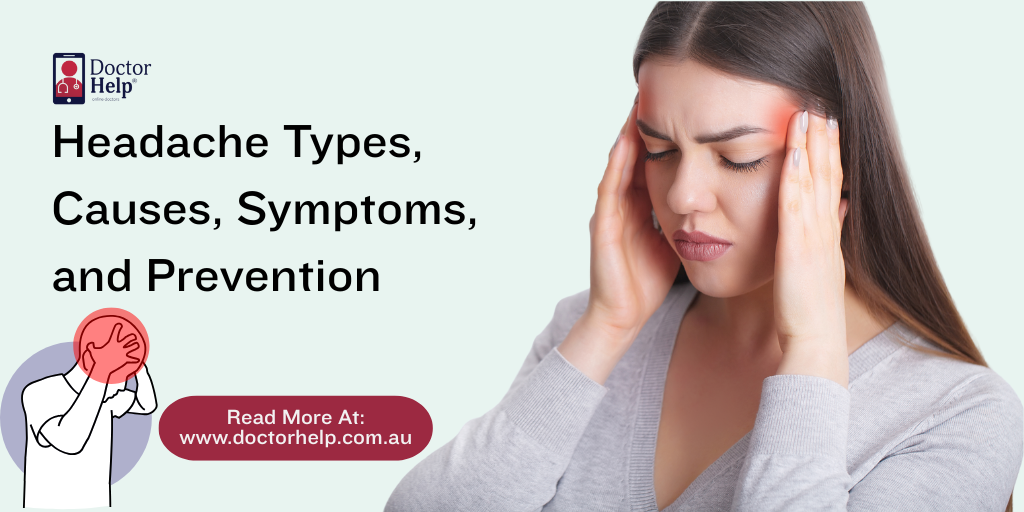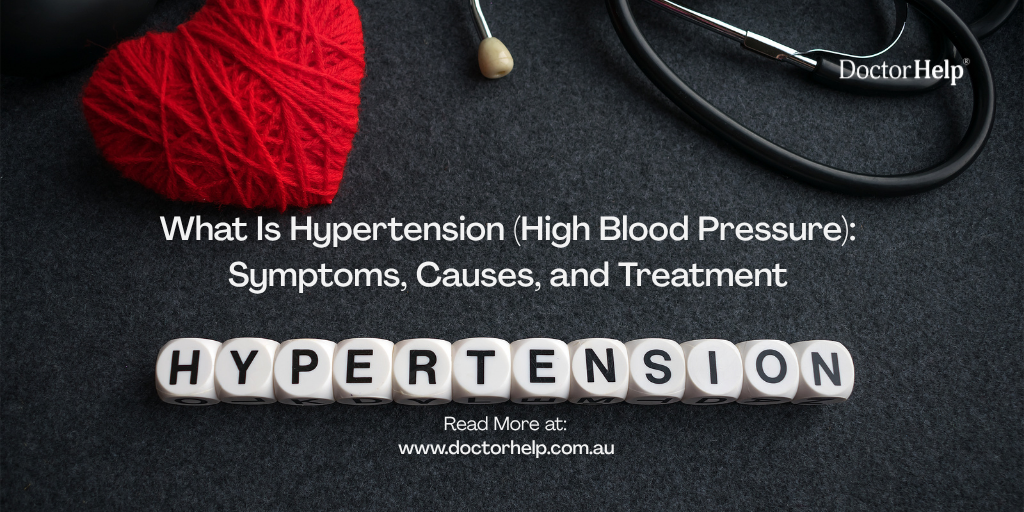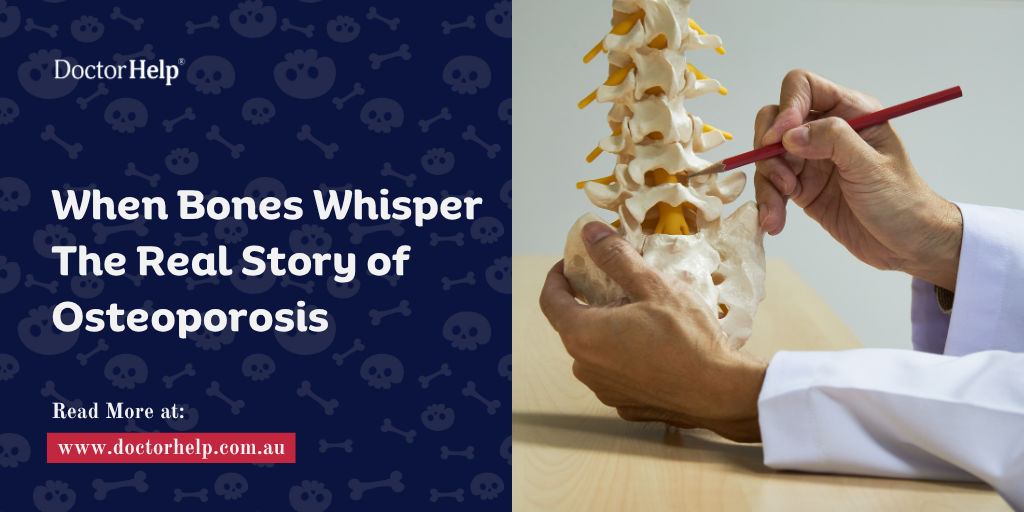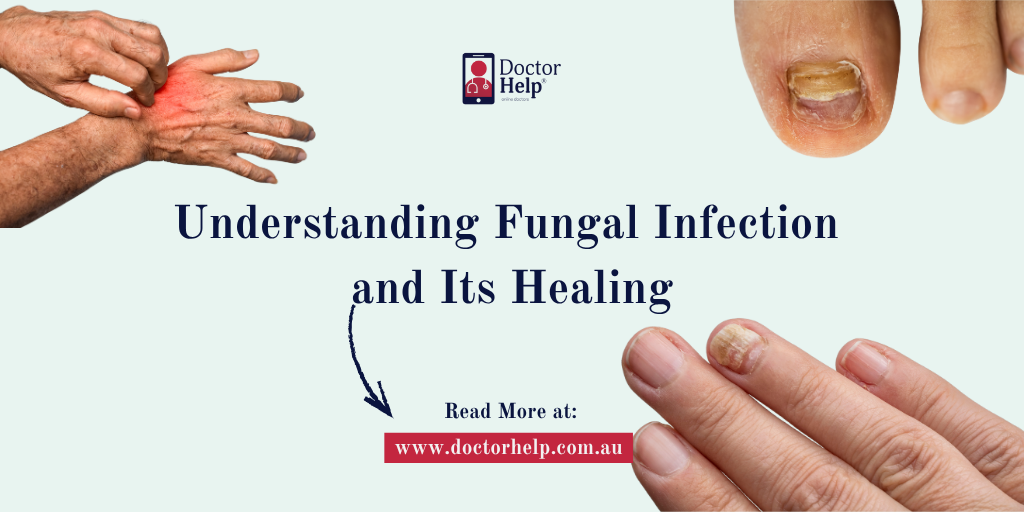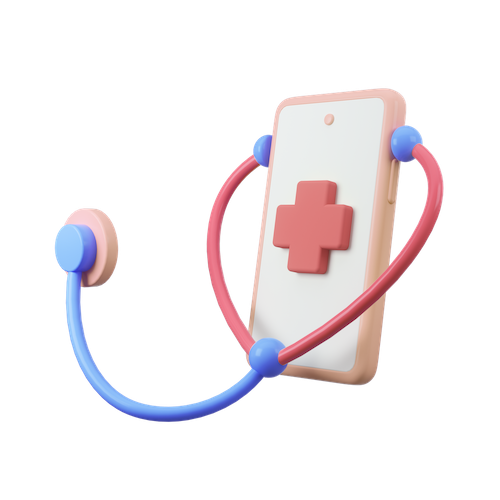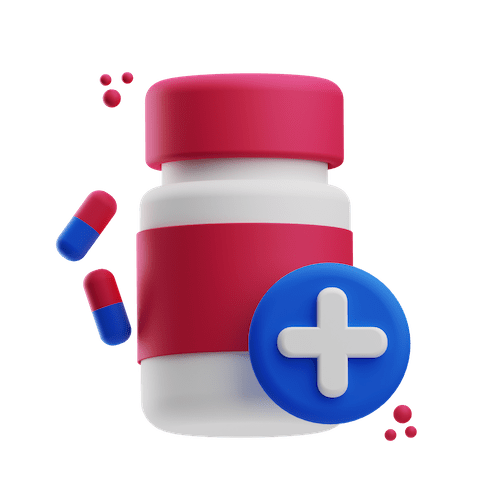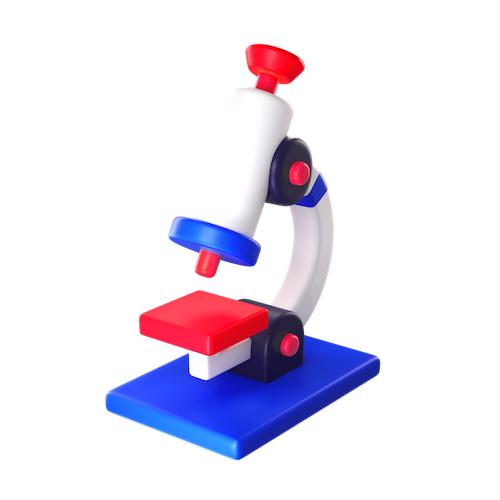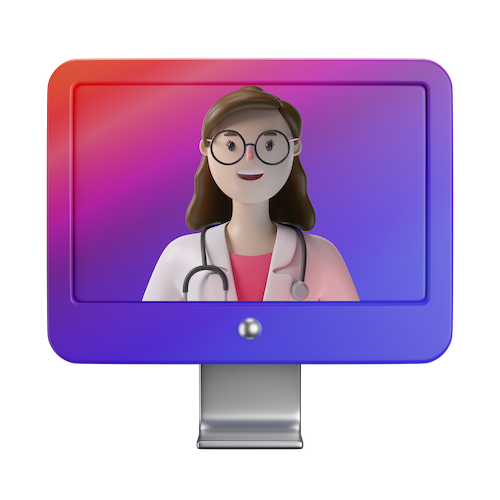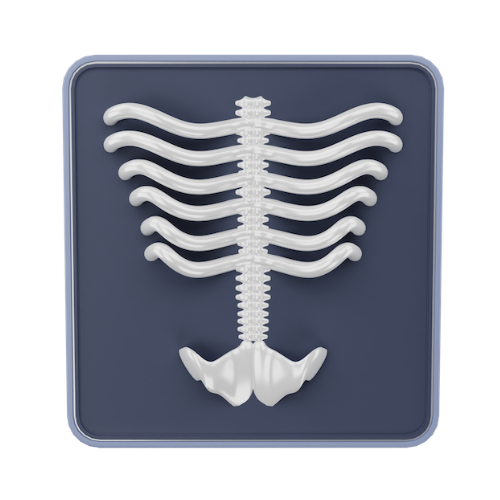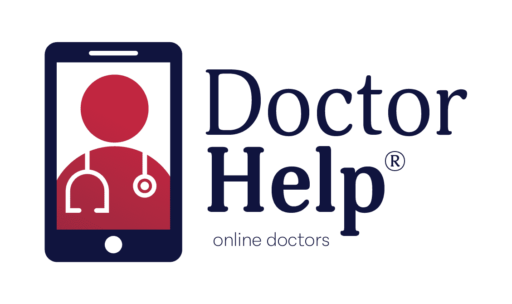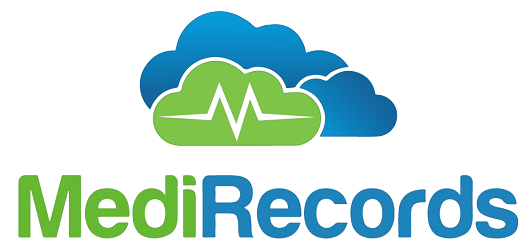Table of Contents
When Pain Lives in the Background of Your Life
We power through them at work. We explain them away at home. We squint through them in traffic and tuck them behind smiles in meetings.
But for many Australians, headaches are more than just an occasional ache. They’re part of the scenery of daily life. And behind every pulsing temple or dull throb lies a question:
What’s really going on in my body and what can I do about it?
According to the World Health Organization, headaches are one of the most common nervous system disorders.
Pain is worth listening to. And it all starts with understanding what type of headache you are encountering to get control back.
Let’s take a closer look at the most common types of headaches, what causes them and what the symptoms are, so you can prevent it from taking over your day.
Common Types of Headaches (And How They Feel)
1. Tension Headache: The Weight You Didn’t Ask For
This is the one many of us know well. It is as though a strap is being wound gradually around your head. It is the dull pain that is persistent and tends to encircle your forehead, temples or the back of your neck.
You might feel:
- Pressure or tightness
- Mild to moderate pain (not pulsing)
- Fatigue or difficulty concentrating
The common causes of tension headaches include stress or fatigue and muscle strain. Familiar culprits are long hours at the desk, missed meals and even clenching of the jaw.
2. Migraine: The Storm That Lingers
Migraine is more than just a bad headache. They are a neurological disorder which can influence your vision, digestion, mood and energy. It comes with a warning, sometimes, a flash of visual disturbance, sometimes a wave of nausea, and sticks around long after the pain is gone.
Common migraine symptoms:
- Throbbing or pulsing head pain (often one-sided)
- Sensitivity to light, sound, or smell
- Nausea or vomiting
- Visual auras (zig-zag lines, flashing lights)
As per research, chronic migraines are defined as 15 or more headache days a month for 3 months and some people live with it. It’s exhausting; not just physically, but emotionally. Migraine relief can include discovering triggers, hormone regulation, and sleep, and in many instances help with professional support.
According to a study, about 40% of people with migraine experience vestibular symptoms. You might not feel head pain at all, but the room won’t stop spinning. Vestibular migraine is a lesser-known type that causes dizziness, imbalance, or vertigo. For some, the sensation is so disorienting it mimics inner ear disorders.
3. Ice Pick Headache: A Sudden Jab
Imagine a sharp, stabbing pain behind your eye or temple that lasts just seconds. It’s fleeting but fierce. This is the ice pick headache; a brief, intense jolt that can strike multiple times a day. Ice pick headaches, also known as “primary stabbing headache”, are generally benign despite their sudden and intense nature.
While the exact ice pick headache causes are not well understood, they usually do not indicate serious underlying conditions but should be evaluated by a healthcare professional if frequent or severe.
Ice pick headache symptoms include:
- Stabbing head pain that is sudden and sharp
- Severe short-lived pain
- Pain that occurs in any part of the head
- Spontaneously arising episodes at widely different frequencies during the day
4. Thunderclap Headache: Don’t Ignore This One
This is what is referred to as pain that makes everything come to a halt.
Thunderclap headache arrives suddenly, and it takes less than a minute to attain its peak. It is noisy, straining and frightening. And it may be the symptom of something really serious, such as bleeding in the brain, aneurysm, or any other medical emergency.
Thunderclap headache symptoms include:
- Instant, explosive head pain
- Neck stiffness or sensitivity to light
- Vomiting, fainting, or confusion
If this occurs, seek emergency medical attention immediately.
5. Neck-Related Headaches (Cervicogenic Pain)
Sometimes, it has nothing to do with your head.
Neck arthritis headache symptoms start at the base of the skull and radiate upward. You might feel pain intensify when you move the neck or develop stiffness after one has been sitting in one position for a long time.
Most of the causes of cervicogenic headaches include arthritis, injury as well as poor posture and this is more common when using the screen for extended periods of time.
Management of cervicogenic headaches often includes physiotherapy focused on improving neck posture and mobility, ergonomic adjustments especially for prolonged screen use, and targeted exercises to relieve muscle tension in the neck and shoulders.
6. Headache with Earache: The Two-for-One Discomfort
Ever had a headache and earache at the same time? You’re not imagining it and you’re not alone.
What causes headache and earache at the same time?
- Sinus infections
- TMJ (jaw joint) issues
- Ear infections
- Nerve inflammation
Pinpointing the exact cause is key to finding the right treatment and not masking the symptoms with temporary fixes.
What Causes Headaches? (And Why They Don’t Just Go Away)
According to Healthdirect Australia, headaches can stem from a wide range of causes, from muscle tension and dehydration to hormonal fluctuations and neurological changes. Headaches are signals. Not punishments, not weaknesses, just messages from your body that something’s out of balance.
Common causes include:
- Stress and emotional tension
- Dehydration
- Sleep disruption
- Hormonal changes
- Neck strain or poor posture
- Dietary triggers (e.g. caffeine, processed foods)
- Genetics (especially for migraines)
Sometimes the cause is simple. Other times, it’s layered. Either way, your pain deserves attention.
How to Prevent and Diagnose Headaches
Prevention isn’t perfect but it’s powerful.
Managing headaches starts with knowing your own body. What makes it tick. What throws it off balance. What softens the edges.
Here’s what helps most people:
- Drink water throughout the day
- Get consistent, restful sleep
- Eat regularly, avoid blood sugar dips
- Take breaks from screens and adjust your desk setup
- Practice stress management techniques (breathing, movement, mindfulness)
- Track your headaches in a journal to identify triggers
- Avoid overusing painkillers, they can cause rebound headaches
When to seek a diagnosis:
- If headaches are occurring too often or worsening.
- If you see a new or abnormal symptom
- If over-the-counter medications stop helping
- When your headaches disrupt normal functioning of life
- If, however, you suspect that migraines are your problem, but have never been diagnosed
Tools like clinical judgement, symptom diaries and in other instances, imaging or referrals to neurologists may be used as diagnostic tools.
To get diagnosed and better manage it, it is best to talk to a trained health expert.
Final Thoughts
We tend to trivialise our suffering to make it to the end of the day but that still does not make the pain any less real because we have found a way to adapt to it.
If your head hurts more often than it doesn’t, if you’re changing plans or taking pills, or have just stopped and thought to yourself “Is this normal?” you need to know.
There is no single solution, and there is never an end. This is where the healing process starts, in knowing your headache.
And the thing is: you should not feel so on a daily basis.
If headaches are becoming a regular part of your life, don’t wait in silence. Speak with an online doctor to get clarity and support that’s right for you.
References:
- World Health Organization: WHO. (2024, March 6). Migraine and other headache disorders.
https://www.who.int/news-room/fact-sheets/detail/headache-disorders - Transformed Migraine. (n.d.). ScienceDirect.
https://www.sciencedirect.com/topics/pharmacology-toxicology-and-pharmaceutical-science/transformed-migraine - Crawford, E. (2025, July 10). Vestibular Health — Vestibular migraine. Vestibular Health.
https://www.vestibularhealth.ca/blog/vestibular-migraine - Ice Pick headache – Symptoms & Causes | Mount Elizabeth Hospitals. (n.d.). MEH.
https://www.mountelizabeth.com.sg/conditions-diseases/ice-pick-headache - Healthdirect Australia. (2025, February 20). Headaches. Types, Causes, Migraines, Treatment and Prevention | Healthdirect.
https://www.healthdirect.gov.au/headaches

